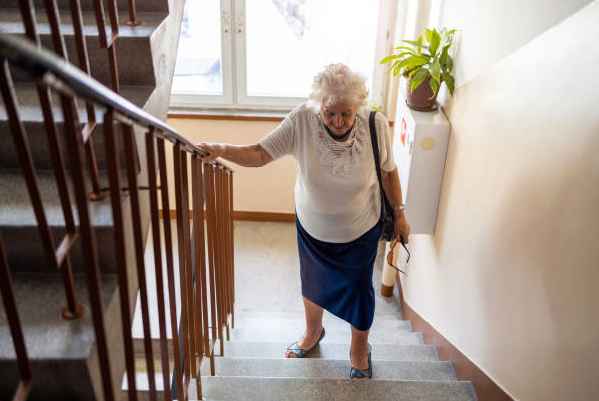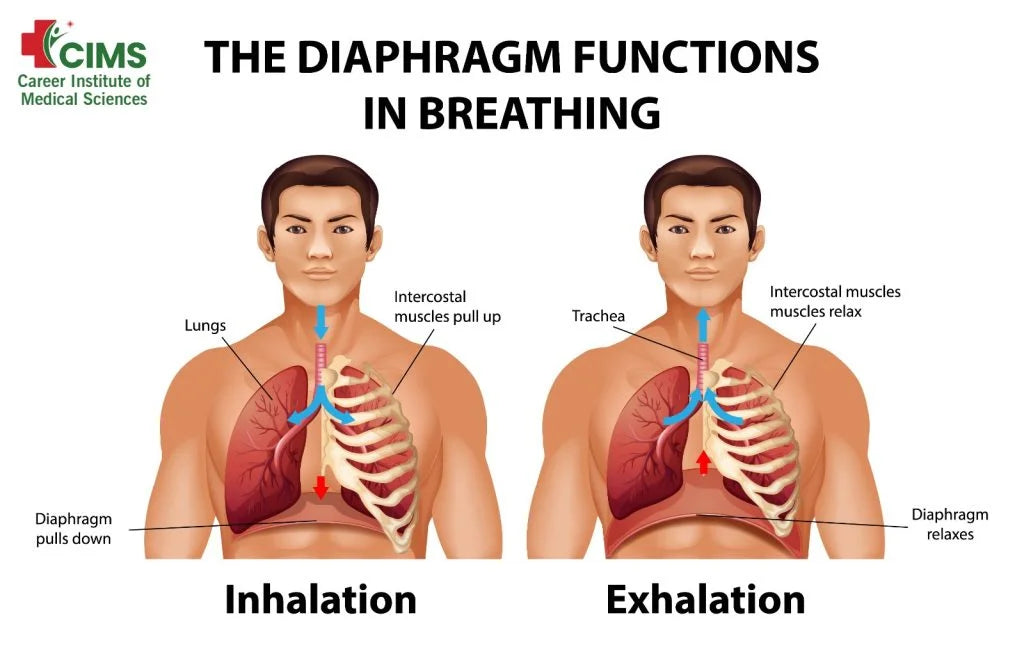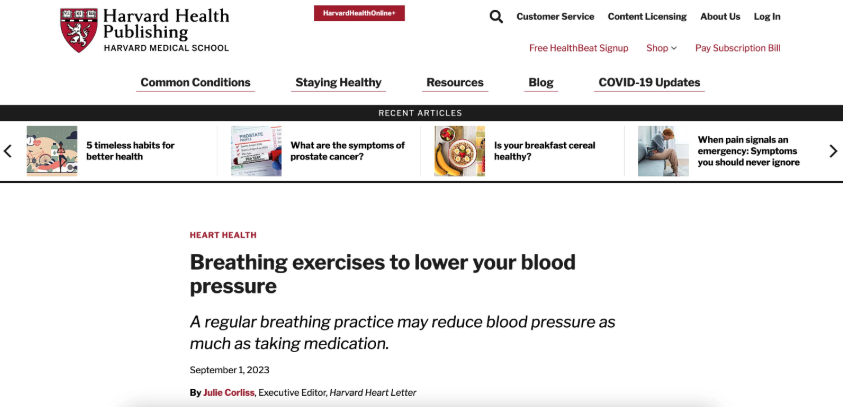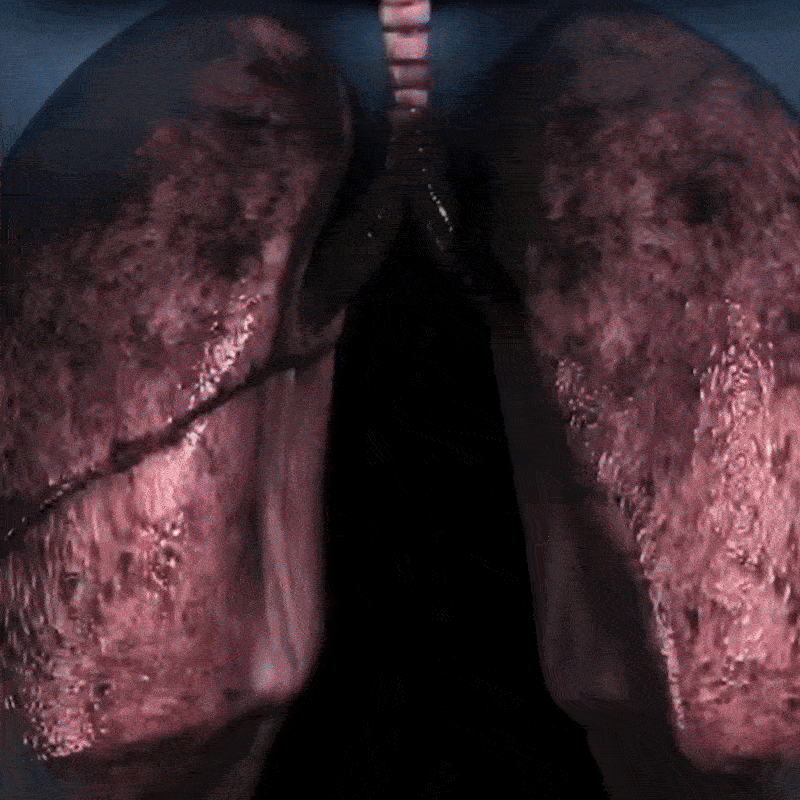
The Overlooked 5-Minute Habit That Helped My Patient Breathe Easier and Support Healthy Blood Pressure

Title


The Hidden Link Between Breathlessness & Blood Pressure

The Breakthrough Few Know About...




